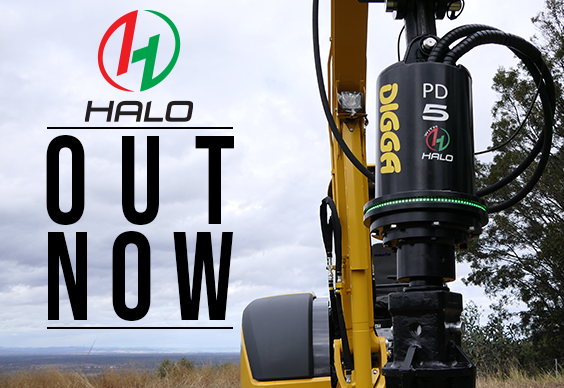Be a good mate and ask R U OK

Did you know that tradies are twice as likely to commit suicide than other people in Australia? Statistic surrounding suicide and mental health within the construction industry are quite confronting. In this male dominated industry people are often asked to ‘toughen up’ with negligence of possible consequences and people’s feelings, what is happening in their lives and why they might be feeling depressed or not themselves. And let’s face it. It’s been a rough couple of months for everyone during this pandemic with impacting changes in both our work and personal environment. Which is why we should all be looking out for each other and let our mates know that it’s okay not to be okay. At Digga we want to encourage you to be a good mate and ask ‘R U OK’. As part of R U OK day we want to promote awareness for people that may be at risk of mental health issues or potentially suicide in our community. Here are some useful tips on how to ask R U OK, as well as how to act when we’ve been










